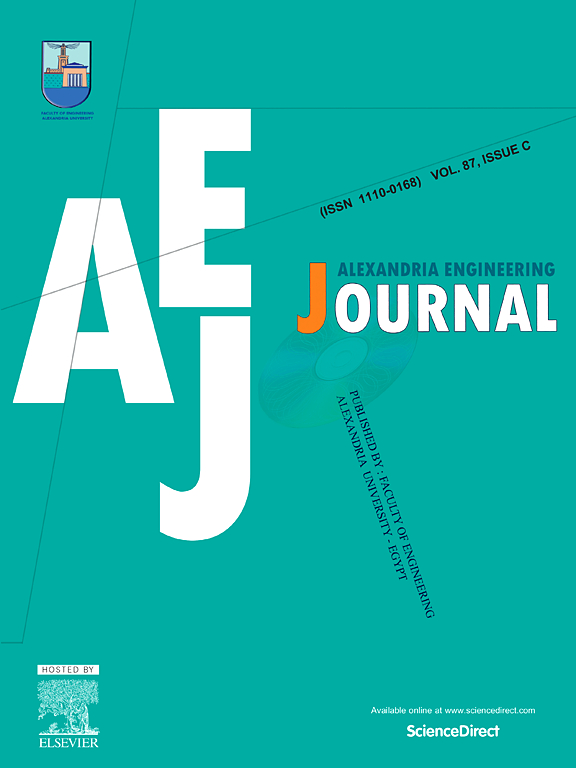在金融决策中使用时间分数 Black-Scholes 模型对美式和欧式期权进行数值定价
IF 6.2
2区 工程技术
Q1 ENGINEERING, MULTIDISCIPLINARY
引用次数: 0
摘要
时间分数布莱克-斯科尔斯方程(TFBSE)旨在评估相关分数传输系统中的价格波动。该模型对非派息股票的美式或欧式看跌和看涨期权进行定价。由于分数微积分的全局特性,可靠高效的数值技术对于求解分数微分模型至关重要。本文通过局部无网格径向基函数(RBF)插值,重点研究了美式和欧式期权定价模型 TFBSE 的数值解法。对于 0<β<1 时,使用精度为 2-β 阶的有限差分方案对该问题进行时间逼近,并使用局部 RBF 分区统一法(LRBFPUM)对其进行空间离散。理论讨论从 H1 准则的角度证实了半时间离散化公式的收敛分析和无条件稳定性。基于全局 RBF 的方法(GRBF)的一个主要缺点是解决大型线性系统所需的高计算负担。LRBFPUM 克服了 GRBF 方法中出现的条件不良问题。它允许对代数系统进行大量稀疏化,从而降低了条件数,减少了计算量,同时保持了高精度。数值示例和应用凸显了 LRBFPUM 技术的准确性,并证实了理论预测。本文章由计算机程序翻译,如有差异,请以英文原文为准。
Numerically pricing American and European options using a time fractional Black–Scholes model in financial decision-making
The time fractional Black–Scholes equation (TFBSE) is designed to evaluate price fluctuations within a correlated fractal transmission system. This model prices American or European put and call options on non-dividend-paying stocks. Reliable and efficient numerical techniques are essential for solving fractional differential models due to the global characteristics of fractional calculus. This paper focuses on the numerical solution for the TFBSE for American and European option pricing models by means of the local meshless radial basis function (RBF) interpolation. This problem is temporally approximated using a finite difference scheme with order accuracy for , and spatially discretized using the localizing RBF partition of unity method (LRBFPUM). The theoretical discussion confirms the convergence analysis and unconditional stability of the semi time-discretized formulation in the perspective of the -norm. A main disadvantage of global RBF-based (GRBF) methods is high computational burden required to solve large linear systems. The LRBFPUM overcomes the ill-conditioning that arises in the GRBF methods. It allows for significant sparsification of the algebraic system, leading to a lower condition number and reduced computational effort, while keeping high accuracy. Numerical examples and applications highlight the accuracy of the LRBFPUM technique and confirm the theoretical prediction.
求助全文
通过发布文献求助,成功后即可免费获取论文全文。
去求助
来源期刊

alexandria engineering journal
Engineering-General Engineering
CiteScore
11.20
自引率
4.40%
发文量
1015
审稿时长
43 days
期刊介绍:
Alexandria Engineering Journal is an international journal devoted to publishing high quality papers in the field of engineering and applied science. Alexandria Engineering Journal is cited in the Engineering Information Services (EIS) and the Chemical Abstracts (CA). The papers published in Alexandria Engineering Journal are grouped into five sections, according to the following classification:
• Mechanical, Production, Marine and Textile Engineering
• Electrical Engineering, Computer Science and Nuclear Engineering
• Civil and Architecture Engineering
• Chemical Engineering and Applied Sciences
• Environmental Engineering
 求助内容:
求助内容: 应助结果提醒方式:
应助结果提醒方式:


